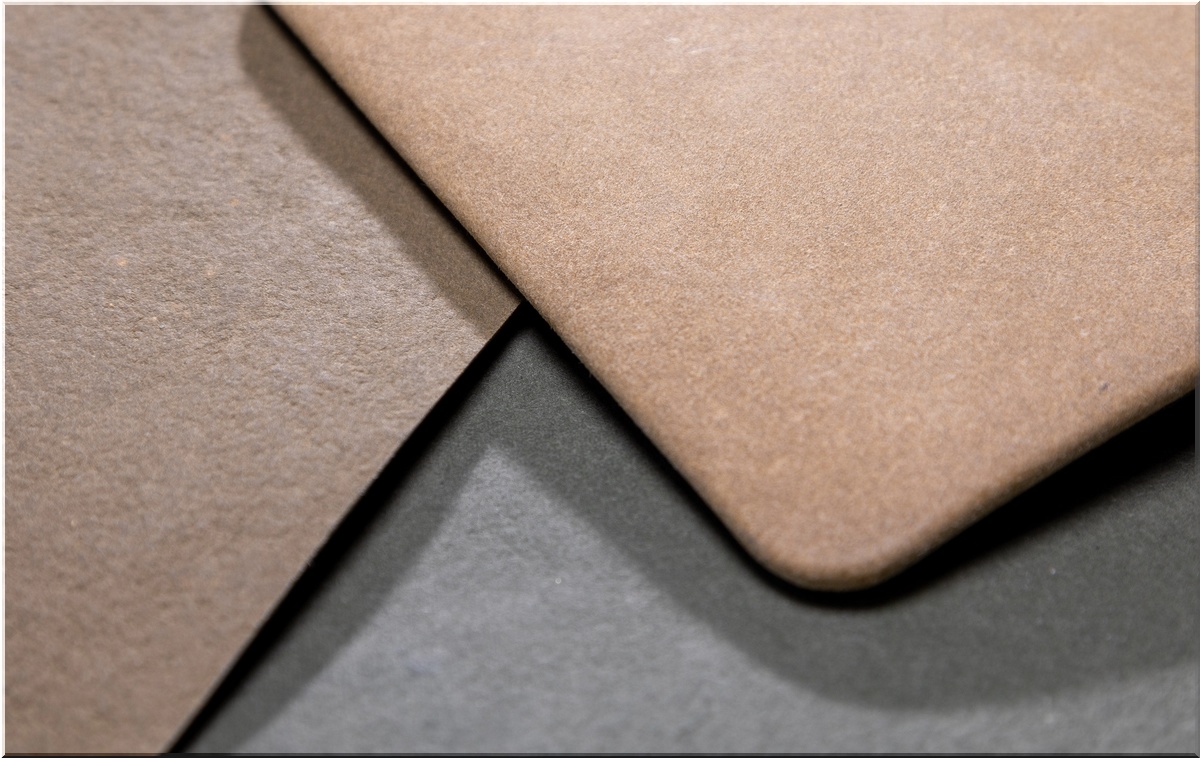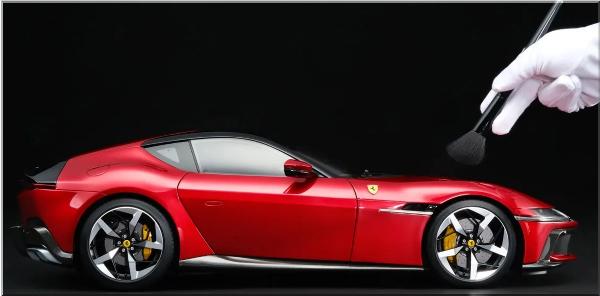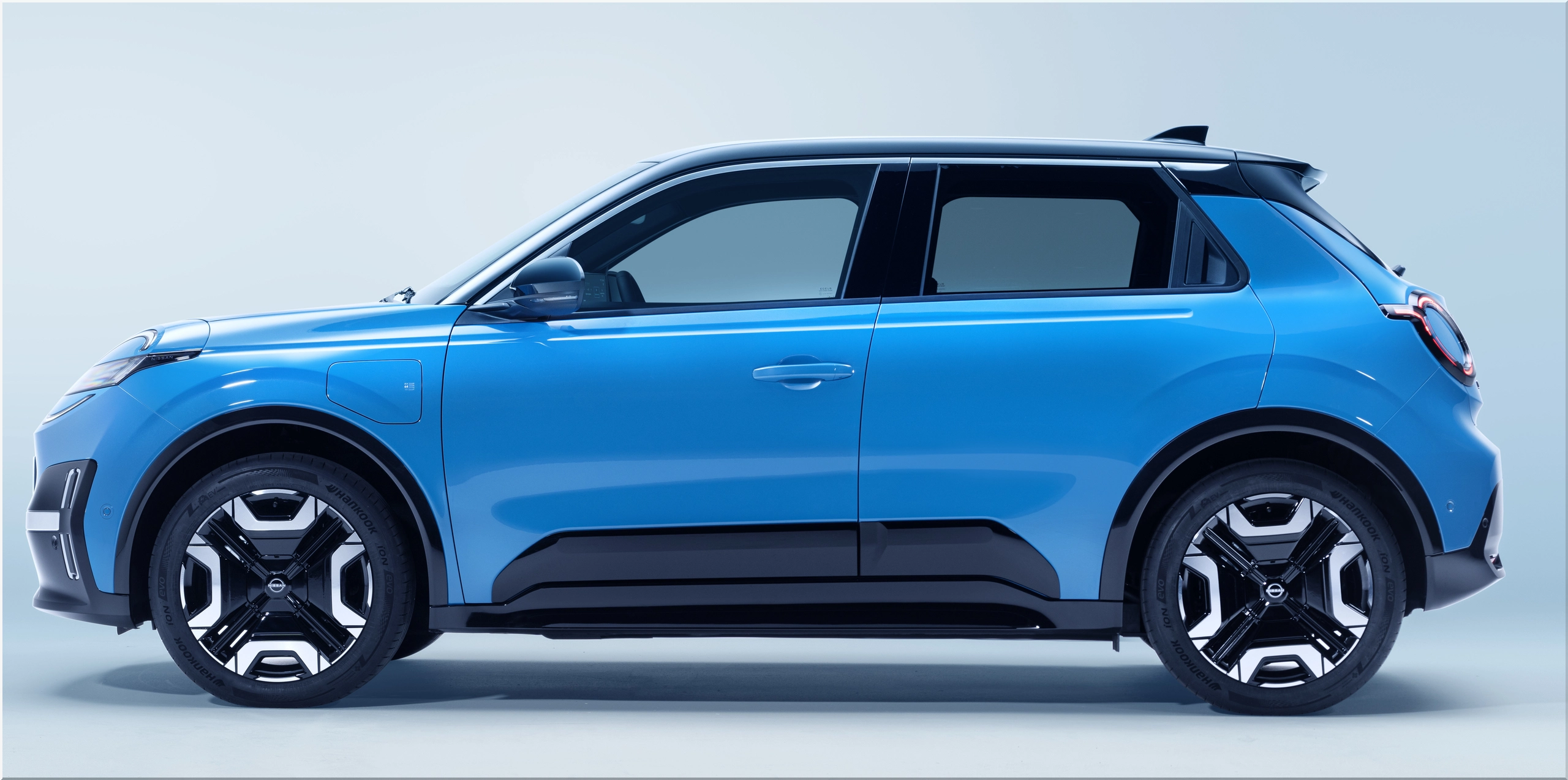 Blog Speed Optimization – Make Google & Users Happy!
Blog Speed Optimization – Make Google & Users Happy!
Leather Made from Industrial Hemp: An Innovative and Sustainable Material
Written by Panorica » Updated on: June 17th, 2025

The automotive industry is constantly evolving, driven by a relentless quest for sustainability and innovation. Among the emerging trends, industrial hemp stands out as a revolutionary material with the potential to redefine vehicle interiors. This article explores the groundbreaking use of hemp-based leather, a material that not only meets the industry's environmental goals but also offers superior durability and aesthetic appeal.
Why Hemp Leather is Gaining Popularity
The use of industrial hemp in automotive manufacturing is not entirely new, but its application in vehicle interiors marks a significant shift. This material is gaining popularity for several reasons:
Eco-friendliness: Hemp is a renewable resource that requires minimal water, pesticides, and herbicides to grow, making it an environmentally friendly alternative to traditional leather.
Durability: Hemp-based leather is known for its strength and longevity, outperforming many synthetic and animal-based materials.
Aesthetic versatility: This material can be treated and colored to achieve a wide range of finishes, offering design flexibility for manufacturers.
The Environmental Benefits of Hemp Leather
One of the most compelling reasons for the rise of hemp leather is its environmental benefits. As the automotive industry faces increasing pressure to reduce its carbon footprint, hemp presents a viable solution:
Low environmental impact: Hemp absorbs more CO2 during its growth than many other crops, contributing to a lower overall carbon footprint.
Sustainable production: Unlike traditional leather, which involves harmful chemicals in its processing, hemp leather can be produced with minimal chemical inputs.
Biodegradability: At the end of its lifecycle, hemp leather can be composted, reducing waste and further lessening environmental impact.
Comparing Hemp Leather to Traditional and Synthetic Options
When considering materials for vehicle interiors, manufacturers typically weigh the pros and cons of traditional leather, synthetic alternatives, and now, hemp leather. Here's how they compare:
Traditional LeatherPros: Luxurious feel, high status, long-lasting.
Cons: High environmental cost, resource-intensive, animal welfare concerns.
Synthetic LeatherPros: Cost-effective, wide range of textures, no animal products.
Cons: Made from petroleum-based products, not biodegradable, less durable.
Hemp LeatherPros: Environmentally sustainable, durable, versatile in design.
Cons: Currently more expensive, limited availability, newer technology.
The Process of Making Hemp Leather
The process of turning industrial hemp into leather-like materials involves several steps, each designed to maximize the material's strength and flexibility:
Harvesting and retting: The hemp plants are harvested, and the fibers are separated through a process called retting.
Pulping: The fibers are then pulped to create a base material that is similar in texture to leather.
Treatment and finishing: The material is treated with natural oils and other compounds to achieve the desired texture, strength, and color.
This process is less resource-intensive compared to traditional leather production, making hemp leather a more sustainable choice.
Applications of Hemp Leather in Vehicle Interiors
Hemp leather offers a range of applications within vehicle interiors, providing both functional and aesthetic benefits:
Seat covers: The durability of hemp leather makes it ideal for seat upholstery, offering a combination of comfort and resilience.
Dashboard covers: Hemp leather can be used on dashboards to provide a stylish, eco-friendly alternative to synthetic materials.

Door panels: The material's versatility allows it to be used in door paneling, adding to the overall aesthetic appeal of the vehicle's interior.
Steering wheel covers: Hemp leather is also suitable for steering wheel covers, providing a comfortable grip and long-lasting wear.
These applications demonstrate the potential of hemp leather to meet the automotive industry's needs for sustainable, durable, and aesthetically pleasing materials.
The Future of Hemp Leather in Automotive Design
The future of hemp leather in automotive design looks promising. As more manufacturers recognize the benefits of this material, its adoption is expected to increase. Key factors driving this trend include:
Growing consumer demand: There is a rising demand for sustainable products, and consumers are increasingly prioritizing eco-friendly options in their purchasing decisions.
Regulatory pressure: Governments around the world are implementing stricter environmental regulations, encouraging the use of sustainable materials like hemp leather.
Technological advancements: Ongoing research and development in hemp processing technology are expected to reduce production costs and improve material quality, making hemp leather more accessible to manufacturers.
Challenges and Opportunities in the Adoption of Hemp Leather
While the benefits of hemp leather are clear, there are still challenges to its widespread adoption in the automotive industry:
Cost: Currently, hemp leather is more expensive to produce than traditional and synthetic options, although this may change as technology advances.
Supply chain: The supply chain for hemp leather is still developing, with limited availability compared to other materials.
Consumer awareness: Educating consumers about the benefits of hemp leather is crucial for its adoption, as many are still unaware of its advantages.
However, these challenges also present opportunities:
Innovation: As demand for hemp leather grows, there is potential for innovation in both production techniques and material applications.
Market differentiation: Manufacturers that adopt hemp leather early can differentiate themselves in a competitive market by offering sustainable, high-quality interiors.
Collaboration: Partnerships between automotive manufacturers, hemp producers, and research institutions can accelerate the development and adoption of hemp leather.
Conclusion: The Road Ahead for Hemp Leather in Vehicle Interiors
Hemp leather is poised to become a key material in the future of vehicle interiors, offering a blend of sustainability, durability, and aesthetic appeal. While there are challenges to overcome, the opportunities for innovation and market differentiation are significant. As the automotive industry continues to evolve, hemp leather is set to play a crucial role in shaping the interiors of tomorrow's vehicles.
By embracing this innovative material, manufacturers can not only meet environmental goals but also appeal to a growing segment of eco-conscious consumers. The road ahead for hemp leather is promising, and its potential to revolutionize vehicle interiors is just beginning to be realized.
Note: IndiBlogHub features both user-submitted and editorial content. We do not verify third-party contributions. Read our Disclaimer and Privacy Policyfor details.
Copyright © 2019-2025 IndiBlogHub.com. All rights reserved. Hosted on DigitalOcean for fast, reliable performance.












